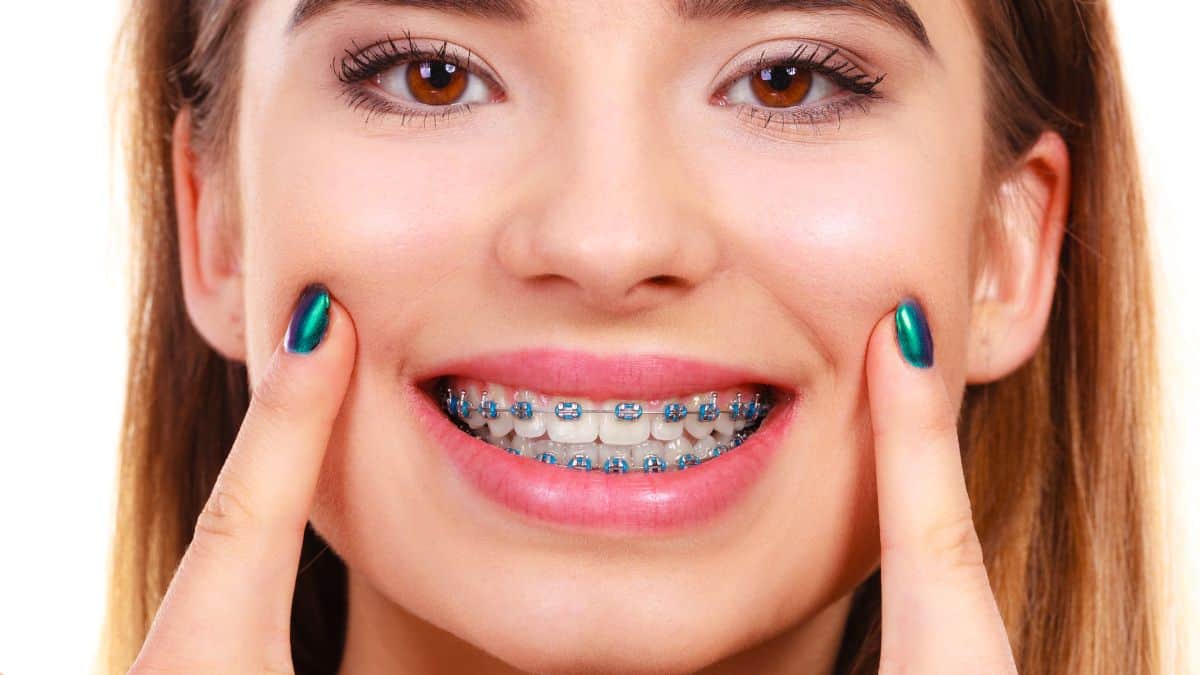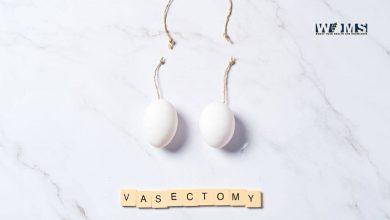The Different Types of Braces: How Do They Work?

A beautiful smile is not only aesthetically pleasing but also plays a significant role in boosting one’s confidence and overall oral health. Crooked, crowded, or misaligned teeth can lead to various dental issues, including difficulty in cleaning, jaw pain, and even speech impairment. Fortunately, modern dentistry, like One Devonshire Place Orthodontics, offers a range of solutions to correct these issues, and one of the most common and effective is the use of braces. Braces come in various forms and styles, each designed to address specific dental concerns. This article explores the different types of braces available today and explains how they work to give you that perfect smile.
Understanding Braces and Their Function
Before we delve into the various types of braces, it is essential to understand their primary function. Braces are orthodontic appliances that apply gentle and constant pressure to teeth, gradually moving them into the desired positions. This process can take anywhere from a few months to several years, depending on the severity of the misalignment and the patient’s age. The main components of braces include brackets, archwires, and ligatures, which all work in harmony to correct dental irregularities.
The Different Types of Braces
Braces have evolved over time. At one time there weren’t many options when it came to wearing braces. Nowadays, those who opt for braces have a choice in the type of braces they get. While some types of braces are better suited for certain orthodontic issues, speaking with your orthodontist can do a lot to help you understand your options. Here’s a list to get you started thinking about what questions you want to ask your dental team.
1. Traditional Metal Braces
Traditional metal braces are the most recognized form of orthodontic treatment. They consist of small metal brackets that are bonded to the front of the teeth and connected by archwires. The archwires are regularly tightened to apply pressure, gradually moving the teeth into proper alignment. Although they are often associated with a “metal mouth” look, advancements in technology have made metal braces smaller, more comfortable, and less visible than before. Moreover, they are highly effective for various orthodontic issues, making them a go-to choice for many.
2. Ceramic Braces
Ceramic braces are a more discreet alternative to metal braces. They are made of clear or tooth-colored ceramic materials that blend in with the natural color of the teeth, making them less noticeable. These braces are particularly popular among adults and teenagers who are self-conscious about wearing metal appliances. However, they are more fragile and can be more costly than metal braces. Ceramic braces are suitable for mild to moderate cases and are often used on the upper front teeth.
3. Lingual Braces
Lingual braces are placed on the back side of the teeth, making them virtually invisible to others. They function similarly to traditional metal braces but require specialized training to install and adjust. Due to their positioning, they can be more uncomfortable during the initial phase and may take longer to get used to speaking and eating. However, their hidden nature makes them an excellent option for those who are conscious about the appearance of their smile.
4. Invisalign
Invisalign is a clear aligner system that provides a more comfortable and aesthetically pleasing alternative to traditional braces. The treatment involves wearing a series of custom-made, removable, and virtually invisible aligners that gradually shift the teeth into place. Patients switch to a new set of aligners every two weeks. Invisalign is ideal for mild to moderate cases of misalignment and is favored for its convenience and ability to be removed for eating, brushing, and special occasions.
5. Self-Ligating Braces
Self-ligating braces use a specialized clip or door mechanism in place of elastics to hold the archwire in position. This system reduces the friction and discomfort experienced with traditional braces and can lead to faster and more efficient treatment. They are available in both metal and ceramic options and are suitable for all age groups.
6. Damon Braces
Damon braces are a type of self-ligating braces that use a slide mechanism to connect archwires to brackets. This allows for a more natural tooth movement and reduces the need for tightening. The system is designed to be more comfortable and can lead to fewer appointments and shorter treatment times. These braces are often preferred for their aesthetics and reduced pain associated with adjustments.
7. Clear Braces
Clear braces are similar to traditional metal braces but with clear brackets that are less noticeable. They are made from materials such as polycarbonate or ceramic and are attached to the teeth with tooth-colored wires. Like their metal counterparts, they are effective in treating most types of orthodontic issues but offer a more discreet appearance.
Choosing the Right Braces for You
The decision on which type of braces to use is typically made by your orthodontist, who will consider factors such as the severity of your dental issues, your age, lifestyle, and personal preferences. At One Devonshire Place Orthodontics, a dedicated team of specialists will assess your unique case to determine the most suitable treatment for you. They will discuss the pros and cons of each option, ensuring you are informed and comfortable with the chosen method.
The Importance of Proper Care and Maintenance
Regardless of the type of braces you choose, it is crucial to maintain good oral hygiene. This includes brushing and flossing regularly, avoiding sticky and hard foods, and attending all follow-up appointments with your orthodontist. Proper care will not only ensure that your treatment is effective but also that your teeth remain healthy throughout the process.
The journey to a beautiful, healthy smile begins with understanding your orthodontic options. With advancements in technology and a variety of braces to choose from, achieving that perfect smile is more accessible than ever. Whether you opt for traditional metal braces, ceramic, lingual, Invisalign, self-ligating, or clear braces, an orthodontics team is committed to providing you with the highest quality care and treatment tailored to your needs. Remember, the key to successful orthodontic treatment is patience and consistent care, and the end result will be a smile that lights up the room. So, embrace the process and watch your confidence soar with each visit to the orthodontist.




